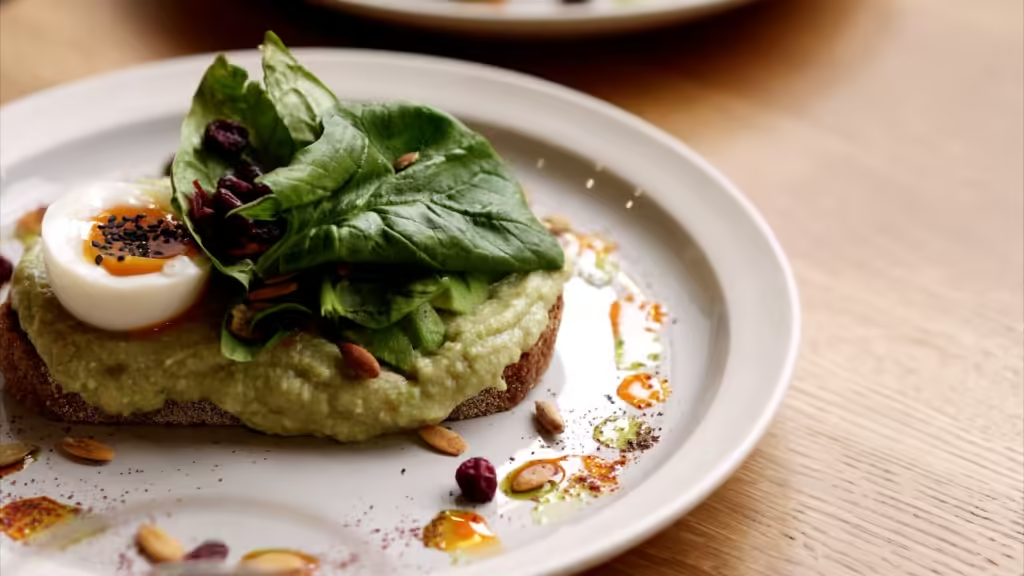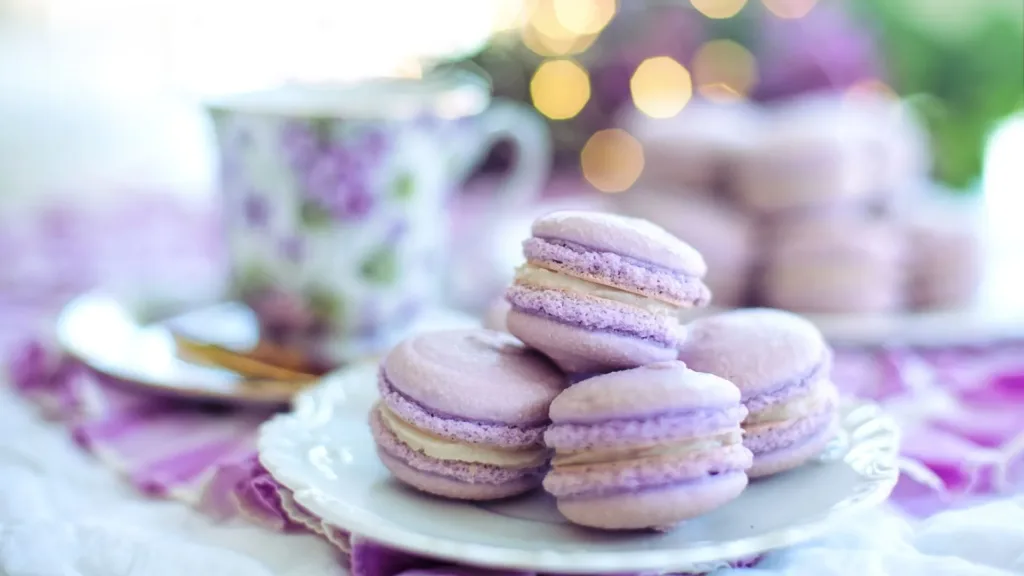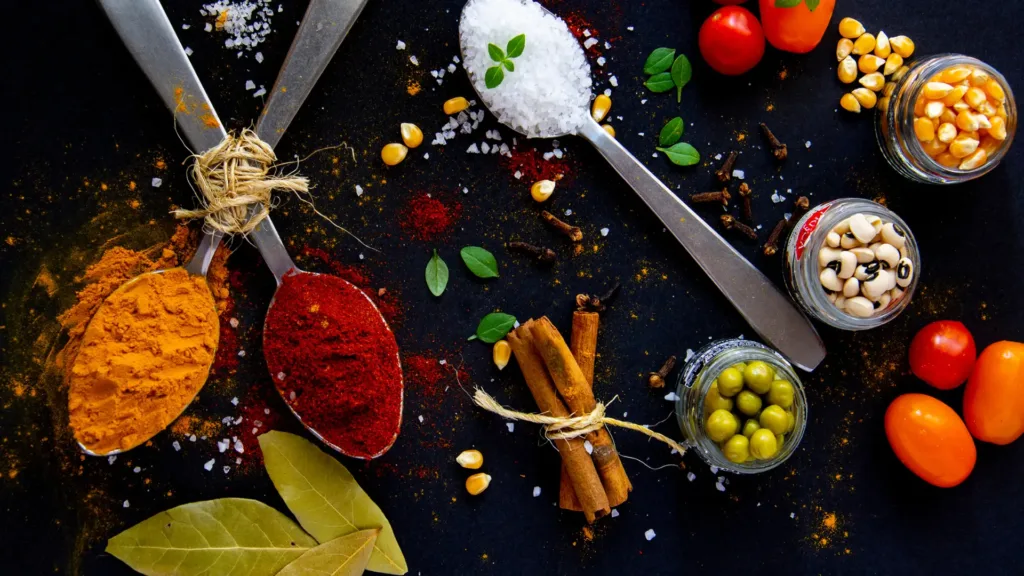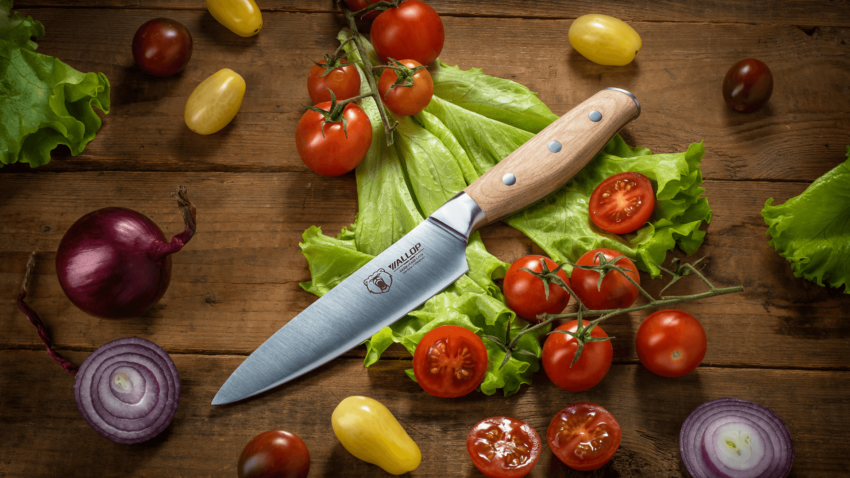Welcome to our in-depth guide to learning the fundamentals of using a knife! This guide will help you improve your chopping skills, regardless of your level of experience in the kitchen. This post will go over the fundamental knife skills that any home cook should be aware of in order to improve their culinary endeavors. We’ll take you step-by-step through every process, from learning how to use a knife safely to becoming an adept cook.
Knife Safety:
Before we get into the world of knife skills, let’s start with safety. Proper knife handling is essential to avoiding accidents and having a pleasant cooking experience. Always keep your knives sharp to reduce the possibility of slipping. Dull knives require more force to cut through food, which increases the risk of an accident. Use a stable cutting surface, such as a cutting board, to avoid injuries and countertop damage.
Avoid cutting directly on surfaces such as granite or glass, as they will dull your knives and pose a safety risk. When cutting, curl your fingertips under and use a claw grip to secure the food while keeping your fingers away from the blade. Never leave knives soaking in water or loosely stored in drawers to avoid accidents when reaching for them.
Knife Types and Selection:
Understanding the various types of knives and selecting the appropriate one for the job at hand is critical for efficient and precise cutting.
- A chef’s knife is a versatile tool for chopping, slicing, and dicing. It usually has a broad, tapered blade that allows for a rocking motion while cutting.
- A paring knife is small in size and ideal for intricate tasks such as peeling, trimming, and detailed cutting. Its small size provides greater control and precision when working with smaller ingredients.
- A santoku knife, with its straight edge and granton edge (a series of shallow divots down the blade), is ideal for slicing, chopping, and mincing vegetables, fruits, and boneless meats. Its design reduces friction, which keeps food from sticking to the blade while cutting.
Knife Grip and Technique
Mastering the proper grip and technique will greatly increase your cutting efficiency and precision. The pinch grip is a fundamental technique used by professional chefs to secure a knife and control its cutting motion. Hold the knife handle in your dominant hand and pinch the blade’s base between your thumb and index finger for better control. This grip allows for precise cuts while reducing hand fatigue during long cutting sessions.
When chopping vegetables or herbs, use a gentle rocking motion with the knife handle. Begin by placing the knife’s tip on the cutting board and rocking the blade up and down while maintaining contact with the board. This technique improves control and allows for uniform cuts with little effort.
Basic Knife Cuts:
Learning the fundamental knife cuts will help you improve your cooking and presentation skills. Julienne is a technique for slicing vegetables or fruits into thin, matchstick-like strips that are commonly used in salads and stir-fries. Begin by trimming the ends of the vegetable to make a flat surface. Next, cut the vegetable into thin slices and stack them on top of each other. Finally, cut the stacked slices into thin strips to create julienne cuts.
Dicing involves cutting ingredients into uniform cubes, which are ideal for soups, stews, and sauces. Begin by cutting the ingredient into slices, then stacking them and cutting them into strips. Finally, dice the strips into equal-sized cubes to ensure uniform cooking.
Brunoise is a finely diced cut used as a garnish or in delicate dishes. Begin by julienning the ingredient into thin strips, then stacking the strips and cutting them into small cubes for a brunoise cut.
Sharpening and Maintenance
Keeping your knives sharp and well-maintained is critical for peak performance and safety. Honing is the process of realigning the blade’s edge to keep it sharp in between sharpening sessions. Using an honing steel, gently glide the blade along it at a 20-degree angle, alternating sides with each stroke. This process helps to keep the edge straight and sharp, resulting in smoother cuts.
Sharpening entails removing metal from the blade to form a new edge. To keep your knives razor-sharp, invest in a high-quality knife sharpener or hire professional sharpeners. Additionally, proper storage is critical to protect the blades and avoid accidents. Knives should be stored in a knife block, magnetic strip, or sheath to keep them organized and accessible while also protecting the blades from damage.
Congratulations on successfully completing Knife Skills 101! Mastering these fundamental techniques will put you on the path to becoming a self-assured and efficient home cook. Remember that practice makes perfect, so don’t be afraid to experiment with different ingredients and recipes to demonstrate your newfound abilities.
We hope you found this guide helpful! If you enjoyed reading, please consider sharing it with your friends and family who might also benefit from improving their knife skills. Don’t forget to leave a comment below sharing your thoughts and experiences. For more kitchen tips, recipes, and inspiration, check out our previous posts.
Explore the world of flavors in our “Lovely Voyagers” section, a haven for food enthusiasts. Immerse yourself in the art of cooking with our carefully curated cookbooks, now conveniently available for purchase on Amazon. Each page unfolds a symphony of tastes, and every recipe is an invitation to craft unforgettable moments in your kitchen. Take a leap into our collection and transform your culinary endeavors into masterpieces. Your journey to delightful dishes begins here.
- Quick Breakfasts: Energize Your Morning
 Starting your day with a nutritious breakfast can make a significant difference in your energy levels and mood throughout the day. But when mornings are hectic, it’s easy…
Starting your day with a nutritious breakfast can make a significant difference in your energy levels and mood throughout the day. But when mornings are hectic, it’s easy… - Elegant Pastries: Impress with These Beautiful Treat
 There’s something undeniably magical about a beautifully crafted pastry — it’s not just a dessert, but a work of art! Whether you’re hosting a fancy dinner party, treating…
There’s something undeniably magical about a beautifully crafted pastry — it’s not just a dessert, but a work of art! Whether you’re hosting a fancy dinner party, treating… - Organizing Your Spices: Tips for an Efficient Pantry
 Picture this: You’re in the middle of preparing your favorite dish, your kitchen smells divine, and everything’s going perfectly—until you realize you can’t find the cumin. Frustration kicks…
Picture this: You’re in the middle of preparing your favorite dish, your kitchen smells divine, and everything’s going perfectly—until you realize you can’t find the cumin. Frustration kicks…
